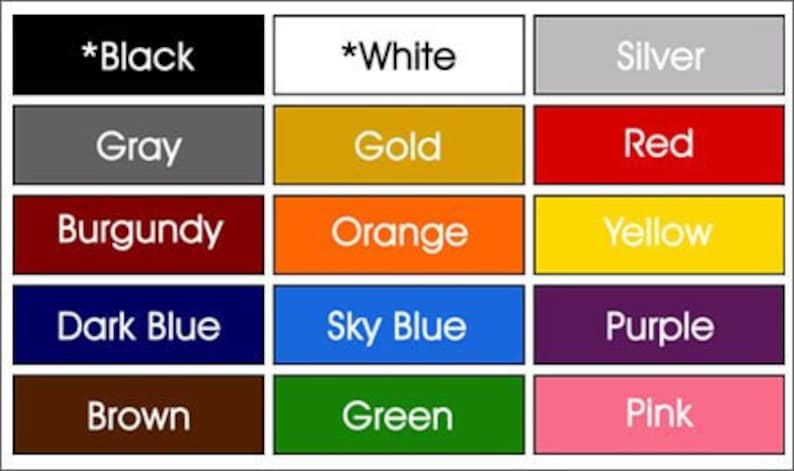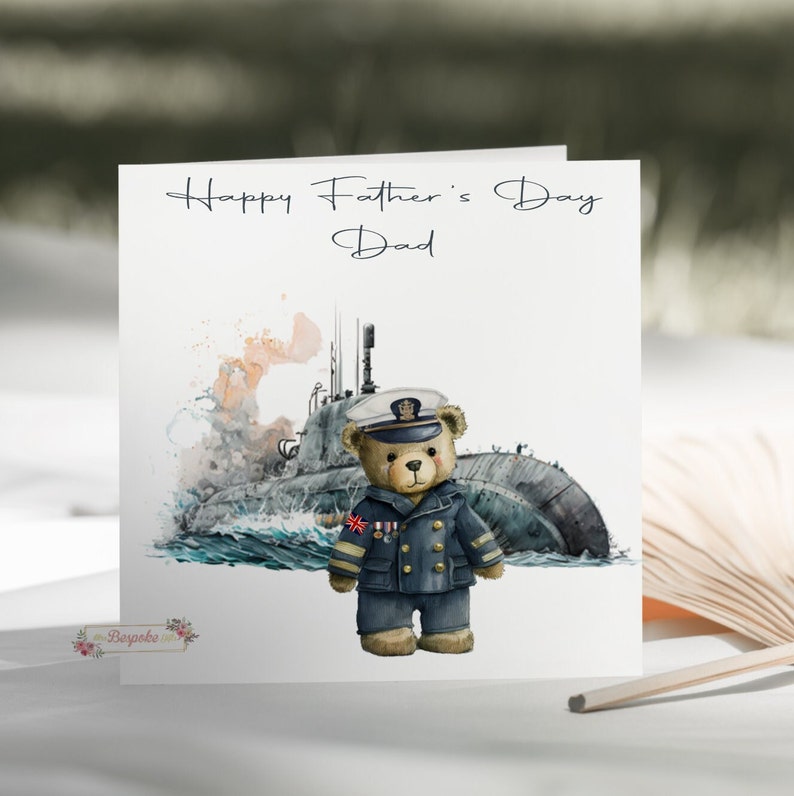

Throughout the post-revolutionary period, Tehran has deliberately avoided any moves toward rapprochement except in the face of imminent danger or a potential U.S. Iran has a long-standing policy of avoiding normalization with the United States.
#Submarine drawing images professional#
Iran has been steadfast in its Eastward turn even though this shift does not enjoy the support of the general public or the professional and educated classes in particular. The former approach is being implemented with almost zero fanfare and the latter with extensive publicity. Iran is now pursuing a two-tiered foreign policy: a vigorous and determined shift toward Russia and China on the one hand, while, on the other hand, making incremental concessions on its nuclear program to give the impression that another deal can be struck to replace the JCPOA. Now, with the inauguration of the more conservative Raisi government, all three branches are committed to maintaining the current inertia and coherence of the Islamic Republic. However, following each change of president, the executive branch has had the opportunity to fill some 11,000 administrative positions throughout the country with like-minded individuals.


Since the Islamic Revolution, Iran’s legislative and judicial branches have consistently demonstrated their loyalty to the status quo. This was a necessary move following the Rouhani presidency, during which somewhat liberal administrators permeated the bureaucracy. The Raisi presidency led to higher levels of policy compatibility in the totality of the Iranian political system, but even more importantly, it resulted in the executive branch rank and file being staffed with devotees, loyal administrators, and 1970s-era revolutionaries. The pivot to the East took on a more noticeable character following the inauguration of President Ebrahim Raisi on Aug. and the broader international community on potentially reviving the JCPOA.

A clear indication of that decision can be traced to the constant stalling tactics used by the Rouhani delegation during the talks with the U.S. Though the foreign and defense policy bureaucracy made the decision to reorient Iranian relations more fully toward China and Russia as early as 2019, it had to wait until the Hassan Rouhani government completed its term in August 2021 before taking any concrete steps in this direction. Moreover, the convergence of additional domestic factors - such as pressure from hardliners to bolster the country’s defensive and offensive military capabilities, the weakening state of the economy, and looming challenges to the continuity of the political system - led to intensive debates about the direction of Iran’s foreign policy. The Iranian leadership was further disillusioned by the Europeans’ limited ability or willingness to preserve the 2015 agreement. withdrawal from the nuclear deal, Iran concluded that Washington’s policy toward Tehran is unreliable and the American political class could not be swayed. economic sanctions.Ĭonsistent with its long-held objective of maintaining distance from Washington, Tehran was pleased that the JCPOA, as agreed, had permitted it to avoid normalizing relations with its adversary while still reaping the economic benefits by being able to resume oil exports and welcome foreign investment. Tehran had initially agreed to sign the JCPOA with the Obama administration based on the expectations that its promises to substantially reduce its nuclear program would be recompensed by the lifting of a substantial portion of U.S. The U.S.’s decision to abandon the nuclear deal deeply disillusioned the Iranian leadership about any possibility of a rapprochement with Washington. Indeed, the moment when Iran shifted from a traditional balancing relationship between East and West to decisively embrace Russia and China occurred on May 8, 2018, when the Trump administration withdrew the United States from the 2015 Joint Comprehensive Plan of Action (JCPOA). “The world is not just Europe and America,” Iran’s foreign ministry spokesperson declared on April 10, 2023, implicitly echoing the views championed for years by the senior leadership of the Islamic Republic regarding the ostensible rise of China and Russia.


 0 kommentar(er)
0 kommentar(er)
